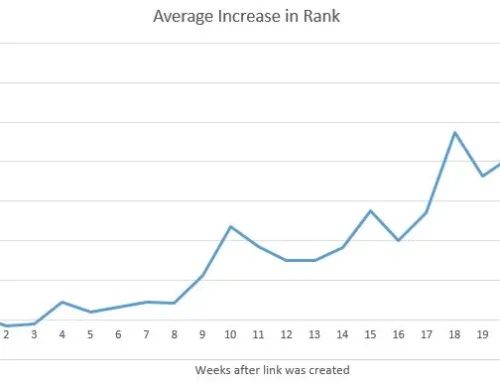
Don’t count keywords.
That is the one thing you should remember for your SEO strategy in 2025.
We were taught for years to ask, “How many SEO keywords can I fit on this page?” But things have changed with Google. The main goal is to meet the needs of the user. A high-quality page ranks for hundreds of related terms today because it covers a topic so thoroughly that it becomes the go-to source for information.
The most important question to ask is, “What does my user really want to do?” This is what search intent is all about. For example, a person looking for “best running shoes” doesn’t want to know about the history of Nike. They need help shopping. If you can answer their question instead of just matching keywords, you’ve already won half the battle.
This guide will show you how to use SEO keywords the right way.
How important are keywords for SEO?
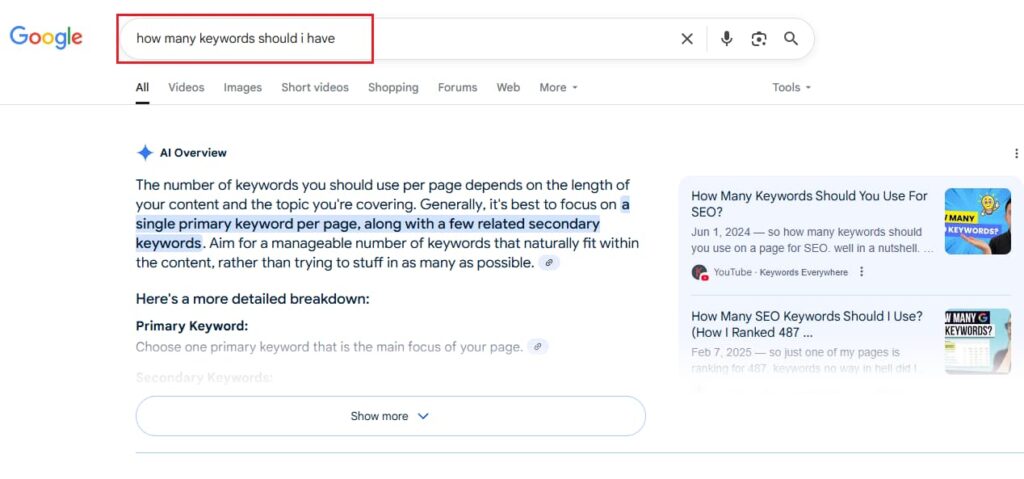
So, what are the keywords for SEO? When people want to find information, products, or services, they type keywords into search engines. These keywords help search engines like Google figure out which web pages are most relevant to what a user is looking for. Here are some reasons why keywords are important for SEO:
- Relevance: Keywords ensure that your content relates to what people are looking for. You attract more relevant traffic by choosing the right terms.
- Visibility: Choosing strong keywords can make your website easier to find. If your site appears higher in search results, more people will see what you have to offer.
- Competition: Keywords also help you understand the level of competition you will face. Highly competitive keywords often require more time and resources to rank for.
What is keyword density and does it work?
You might have heard you need to hit a specific “keyword density”, like using your main keyword 5–10 times in an article. This old advice tried to answer how many keywords in SEO to use. It’s a waste of time.
Trying to stuff keywords into your content makes it sound unnatural and robotic. Worse, it can hurt your rankings. Google sees it as an attempt to game the system. So, let’s stop counting and start focusing on what really matters.
While you should never force keywords, this table provides a rough guideline for how your content’s length and keyword strategy naturally align:
| Content Length / Type | Primary Keywords | Secondary Keywords | Core Goal / Strategy |
| Short-form content
(300-500 words) |
1 | 2-3 | Provide a concise, direct answer to a specific question. |
| Standard article
(500-1,500 words) |
1 | 4-8 | Explore a topic in detail by answering related questions and covering key subtopics. |
| In-depth guide <br> (2,000+ words) | 1 | 10+ | Build a comprehensive resource that covers a broad topic from multiple angles; establish topic authority. |
The one-topic-per-page rule
Here’s the simple rule that has worked for me and my clients, time and time again.
One page, one primary topic. That’s it.
Think of it like a Wikipedia page. Each article is an authority on one specific thing. That focus is what makes the entire site so powerful. When you dedicate a single page to a single topic, you give it the depth and clarity it needs to satisfy a user’s search intent.
Where to get keywords
Now, how do you find the words and phrases people are typing into that search bar?
Start with Google
Before I touch a fancy keyword tool, I go straight to the source. Google gives you a ton of clues if you know where to look.
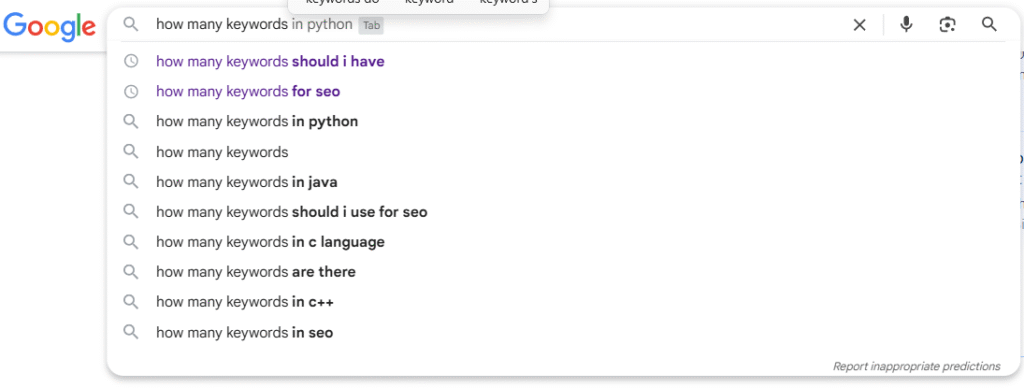
Just start typing your topic into the search bar and see what Google suggests. They are the most common phrases people are searching for.
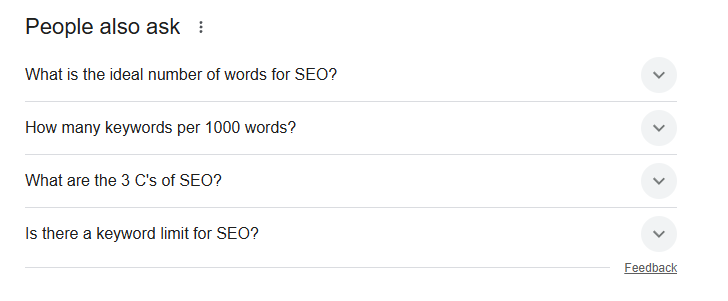
Google is literally handing you a list of the most urgent questions your audience has about your topic. I use these questions to structure my articles and create my subheadings (H2s and H3s).
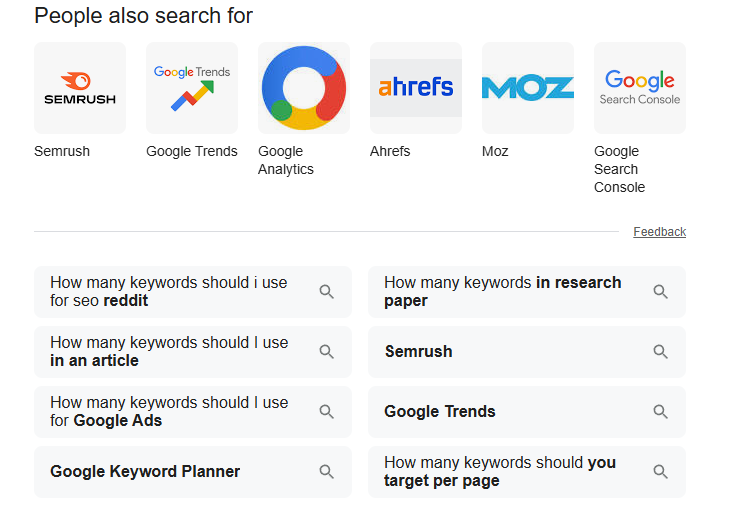
Scroll to the bottom of the page. “Related searches” are perfect for finding secondary keywords and discovering other angles on your topic.
Use tools to validate your ideas
Once I have a list of ideas from Google, I use a free tool to get a rough idea of search volume and competition. You don’t need an expensive subscription for this.
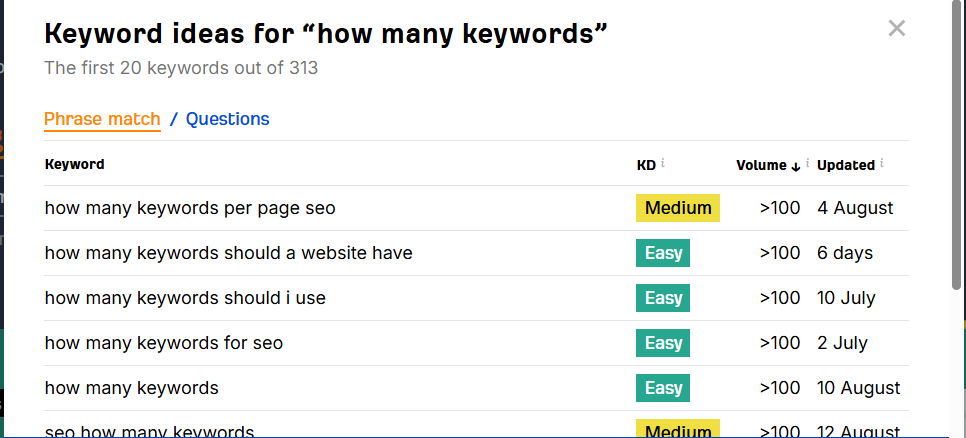
I use Ahrefs Free Keyword Generator or Ubersuggest for a quick check. I plug in my main topic, and they spit out dozens of keyword ideas along with their search volume and an estimated difficulty score.
Listen to your community
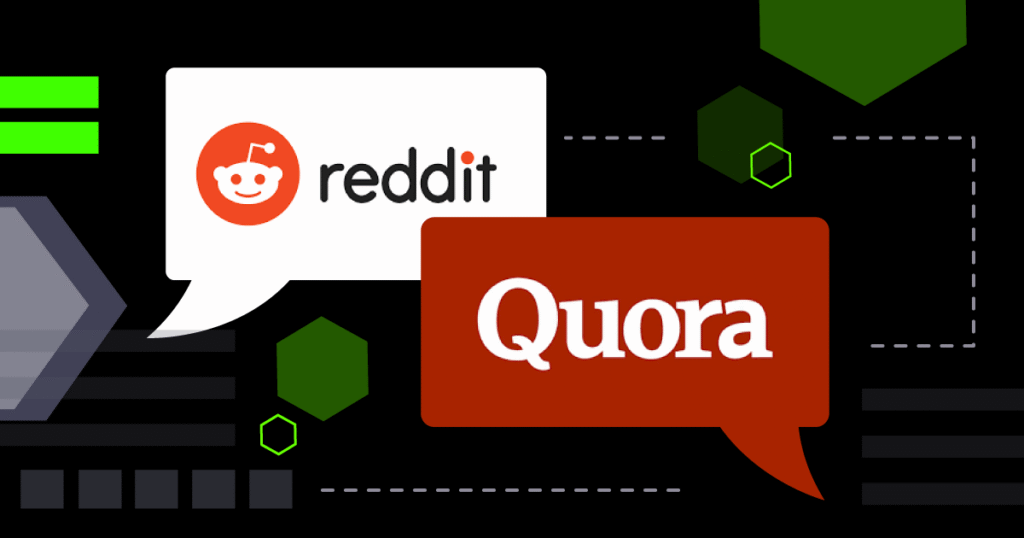
Most people skip this step, but it’s where I find my best keywords. I go to the places where my audience already hangs out online: Reddit, Quora, and Facebook Groups. I search these platforms for my topic and read the conversations. Then, I pay attention to the exact language people use when they describe their problems. The keywords you find here are raw, unfiltered, and incredibly valuable because they come with real human context.
Secondary keywords build context
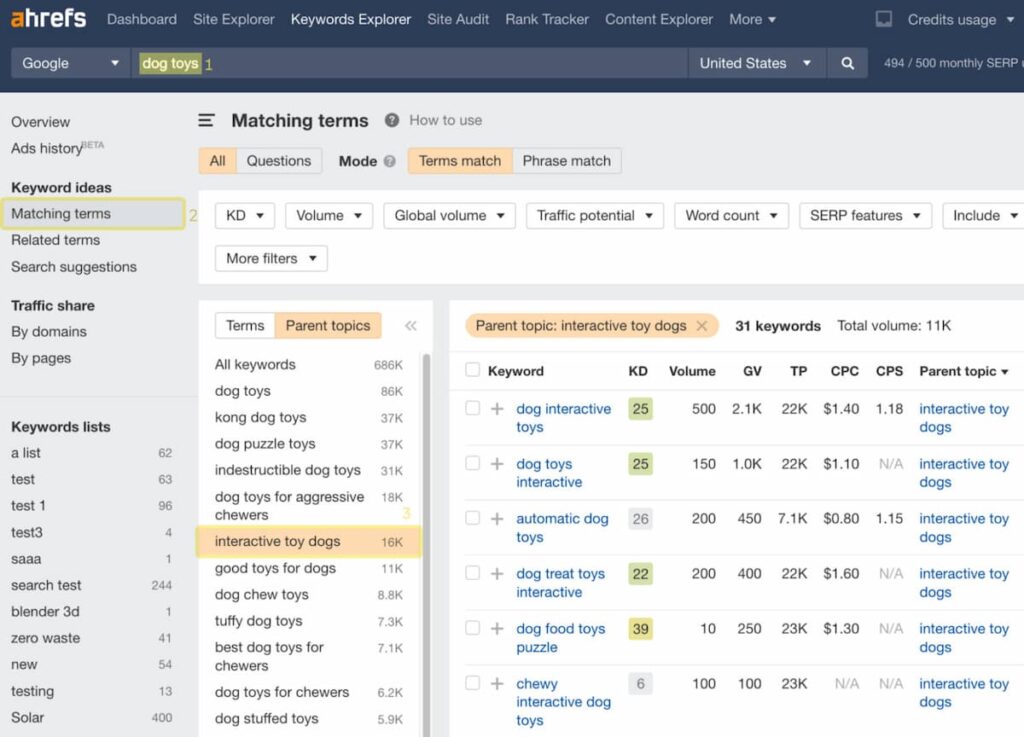
These aren’t just extra keywords to sprinkle in. They are the subtopics and related questions that give your article depth. If your primary topic is “link building”, your secondary topics would be things like “what is link building” and “effective link building strategies”. You find these by seeing what the top-ranking articles are already talking about.
Long-tail keywords capture the conversation
People don’t search in robotic phrases anymore. They ask full questions, just like they’re talking to a person. These longer, more specific phrases are called long-tail keywords. The ideal SEO keywords length is often longer because these phrases have less competition and bring in highly targeted traffic from people who know exactly what they want.
Building authority
You can’t just write one article at a time if you want to be the best in your field. You need to build a library of content that proves your expertise. This is where the Topic Cluster model comes in.
There is a main Pillar Page — a broad overview of a big topic. That pillar page then links out to all the Cluster Pages — articles that dive deep into specific subtopics.
The bottom line
When you choose how many keywords to use for SEO, don’t just add more. Instead, make sure you cover your topic well. Try to find a good balance between relevance, user intent, and competition.
Keep checking and improving your keyword strategy to boost your rankings and get more organic traffic. What matters most is using keywords in a way that helps your audience.
Frequently asked questions
Should I target one primary keyword per page?
Yes. However, a single, well-written page that deeply covers a topic will naturally start to rank for hundreds or even thousands of related long-tail keywords without you even trying.
Can I use similar keywords on the same page?
The best way to find out is to type both keywords into Google. Google thinks the meanings of two terms are the same if the search results on the first page are almost the same for both. You can then target them to one page. If the results are different, each one needs a different page.
How many new keywords or topics should I target each month?
There’s no specific number, as it depends on your resources. However, for most businesses, creating 3-5 high-quality articles targeting new primary keywords each month is a solid and achievable goal that will produce results over time.
Where should I place my primary keyword on the page?
You should naturally include your primary keyword in the page title (meta title), the main heading (H1), the URL, and within the first paragraph or two.


